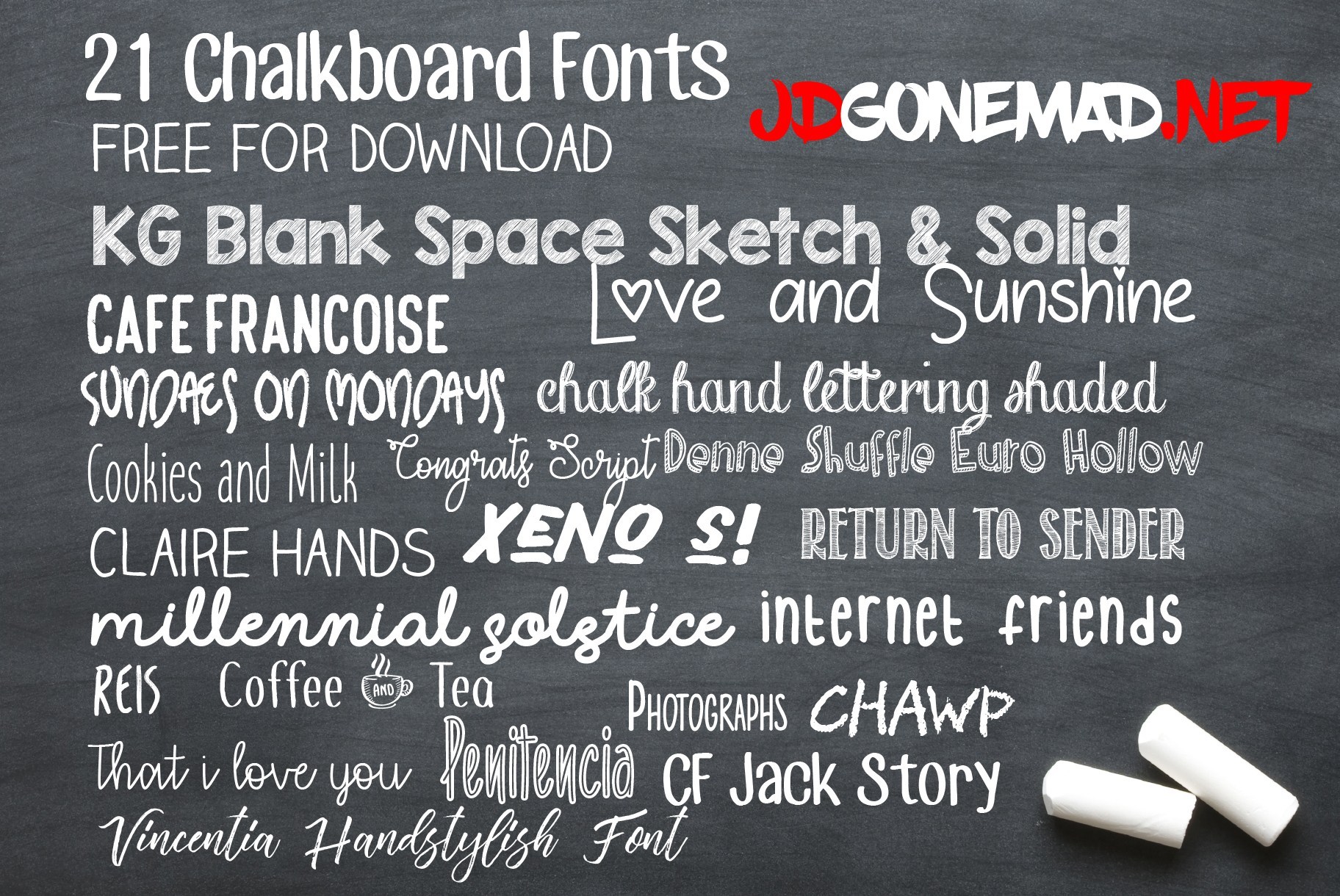

Double-clicking on a glyph inserts it into the document you are currently working on. In PopChar (Figure 2), you can search for a particular glyph by its name (e.g., interrobang) or its shape that you draw with a built-in drawing pad, or you can find it by category (e.g., General Punctuation, Currency Symbols, or Greek glyphs). Since I do this often, I got a third-party utility ( PopChar) that lives in the Mac menu bar when it is running. The “Export Collection” menu item in Font Book creates a folder with that collection’s name, and this folder contains copies of all of the fonts themselves! Now some of these exported collections are rather large (700MB or so), but I just imported these folders in Font Book on the new Mac, and everything worked just great.įinding the right glyph is not a task that Font Book is optimized for. The Apple engineers who designed the Font Book application knew that moving fonts to a new Mac was an important task for font addicts like me and that it needed to be as easy as possible to accomplish.Īll I needed to do was to export each of my font collections. I was dreading this, imagining that I would have to somehow record which fonts are in which collections, and then set up all these collections on the new Mac and populate these collections with the right fonts.

Figure 1_The font collections and a few of the fonts on my old Mac


 0 kommentar(er)
0 kommentar(er)
